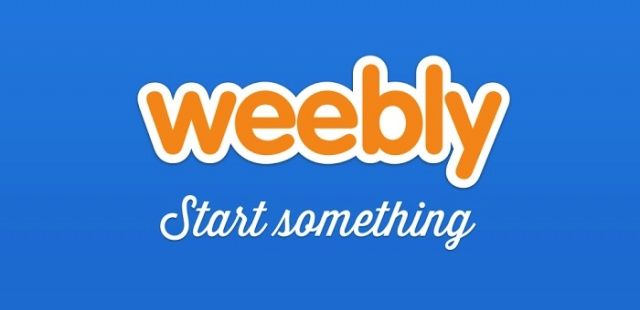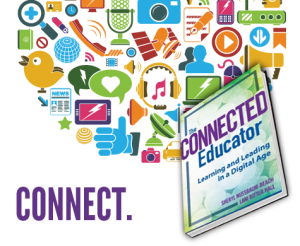 This week we had the opportunity to do a Google Hangout with Gretchen Thomas, an instructor at the University of Georgia. Her learning, design, and technology class is very similar to ours except she has all education majors, whereas ours is a variety of majors. It is very interesting to see a class very parallel to mine on Twitter and to witness what kind of things they are learning. Gretchen told us about one of the coolest projects her class had done this semester was when they were helping the elementary schools near them with the BYOD program; also known as “Bring your Own Device” to school. This is a great way to have the younger generations benefit from our technological tools. She also mentioned a couple good programs such as wix, to create websites. Then penio, a place for writers to collaborate. Lastly, there is Smore, which is a newsletter site. She was incredibly insightful and a pleasure to talk to! Thank you for your time!
This week we had the opportunity to do a Google Hangout with Gretchen Thomas, an instructor at the University of Georgia. Her learning, design, and technology class is very similar to ours except she has all education majors, whereas ours is a variety of majors. It is very interesting to see a class very parallel to mine on Twitter and to witness what kind of things they are learning. Gretchen told us about one of the coolest projects her class had done this semester was when they were helping the elementary schools near them with the BYOD program; also known as “Bring your Own Device” to school. This is a great way to have the younger generations benefit from our technological tools. She also mentioned a couple good programs such as wix, to create websites. Then penio, a place for writers to collaborate. Lastly, there is Smore, which is a newsletter site. She was incredibly insightful and a pleasure to talk to! Thank you for your time!
We also discussed the importance of websites, especially at this stage in life. Being in college and at the very beginning peek of a career, it is important to build an online resume and make a name for yourself. There were a couple of sites that Professor Calderwood gave us. Wordpress is an option. There is also Weebly, which is great online portfolio that looks nice, has a contact form, you can use a background that is responsive, and even works for mobile view. Furthermore, scribd. is great to put a resume into for your online website. Following that, you could use loremipsum as a word filler to see the layout of the website. Next, my class even participated in an activity that dealt with diagnosing the pros and cons of certain websites we picked, to help with our websites that we will be creating.
Lastly, we had a reading on chapter nine, “What the Future Holds” in “Connected Educator” by Sheryl Nussbaum-Beach and Lani Ritter Hall. It discusses how the web is a place to find people, exchange ideas, share insights, and opinions. The web is also a helpful learning resource. It is such a great learning tool, that many school districts have taken it and used it towards educating not only students, but teachers. In this chapter, they mention four core components. Core components are to basically change how you learn, to ask questions, to collaborate, and most importantly, explore.
The first core component is knowledge; knowing your resources. Second is pedagogy, which is encouraging students not only in the classroom but outside the classroom. Third, is connections, this includes personal learning networks and building meaningful connections. Lastly, is capacity, which is the idea of being open-minded and the concept of giving and taking. Not only learning from people but teaching them as well.
In this chapter, they also mention the questions for the change agent. A change agent is someone who intentionally or indirectly causes advancement social, cultural, or behavioral change. Some of the questions include the following:
- Do you see opportunities for positive change that other at your school/program do not see?
- Do you have new ideas about where to look for new ideas or resources?
- Are your ideas really good?
- Do you add value or just create noise?
- Are you getting the best contributions from most people?
Change is not easy and never has been. In order to be a change agent, you need to make a difference. From the words of these talented authors…




Great post! I enjoyed reading it. I also included questions provided in chapter 9 of The Connected Educator in my blog. -SpinnerK
ReplyDeleteThank you for your blog.Really looking forward to read more.
ReplyDeleteOracle sql plsql online training
Oracle sql plsql training
Oracle Web logic online training
Oracle Web logic training
OSB online training
OSB training
OTM online training
OTM training
SAS online training
SAS training